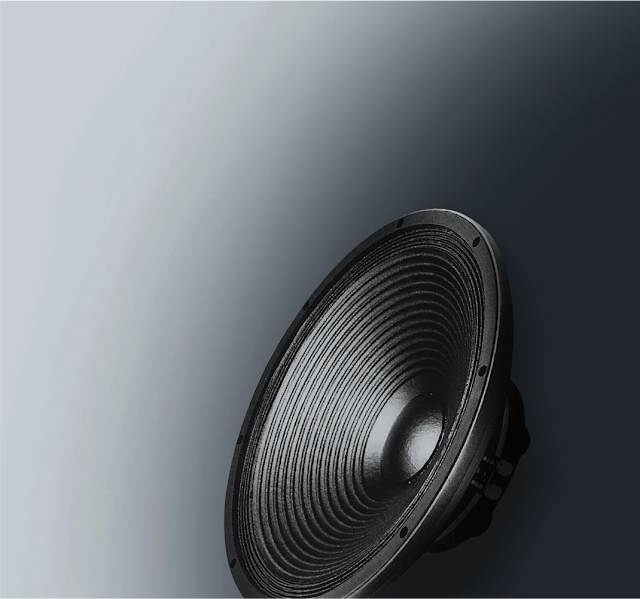Sound is a vibration that propagates as an acoustic wave. It is a kind of energy. To make a sound, something has to vibrate — whether that’s the string of a guitar, the larynx (voice box) of a person, or the loudspeakers of your radio. Sound waves consist of vibrating particles, which knock into other particles, causing those particles to vibrate and knock into more particles, and so on and so forth; this is how sound waves travel away from their source. We hear sounds because the vibrations in the air cause our eardrums to vibrate, and these vibrations are converted into nerve signals that are sent to our brains.
Study the PDF below (for academic use only)
Elements of Sound
The amplitude: The amplitude is the height of the wave on the graph from the middle to its highest point. The amplitude determines a sound’s volume — sound waves of higher amplitude are louder.
The frequency: The number of rarefactions and compressions that occur per unit time is known as the frequency of a sound wave. The frequency of the sound wave decides the pitch. A sound with a higher frequency has a higher pitch.
Diegetic and Non-diegetic sound
Diegetic sound: Sound which has a source or reference on-screen. It is the actual sound. Essentially, diegetic sounds are sounds that the characters can hear. For instance, diegetic sounds can include speech and background noise, whereby characters can react to these instances of sound. It could be a phone ringing in the next room.
Non-diegetic sound: Sound which does not have a source/reference on-screen, they have been added in. For example music, voiceover, sound effects, etc. Only audience can hear it.
The major sound categories in a Film are dialogue / narration, Foley, ambient / background, music, and Effects.
 |
| Sound Production |
Sound Tracks
If we do a categorisation of all the varied sounds that we hear in a cinema, they could be placed under five headings, which are called the fundamental basic sound tracks, namely, dialogue, foley, ambient, music, and sound effects.
Sound Aesthetics
What you hear while watching a movie is the result of specific choices made by those who work on film production. Sound aesthetics have a significant impact on the film's overall aesthetics, narration, and emotional response. This is the reason why sound engineering is now a part of the movie industry's creative process. Well-done sound aesthetics for the film will elevate the visual part of a film. One must take care of ambience / environment, figure-ground, perspective, continuity, and energy of sound.
This article provides a concise yet comprehensive overview of sound design in the context of media, offering valuable insights into the fundamental elements of sound and their significance in various media forms. The explanation of sound waves, amplitude, and frequency lays a solid foundation for readers to understand the basics of sound. The distinction between diegetic and non-diegetic sound is particularly insightful, shedding light on how sounds are categorized based on their on-screen presence or absence. The mention of major sound categories in film, such as dialogue, Foley, ambient/background, music, and effects, provides a practical understanding of the diverse components involved in sound production for movies. For more details, visit Sound Engineering Courses in Bangalore
ReplyDelete